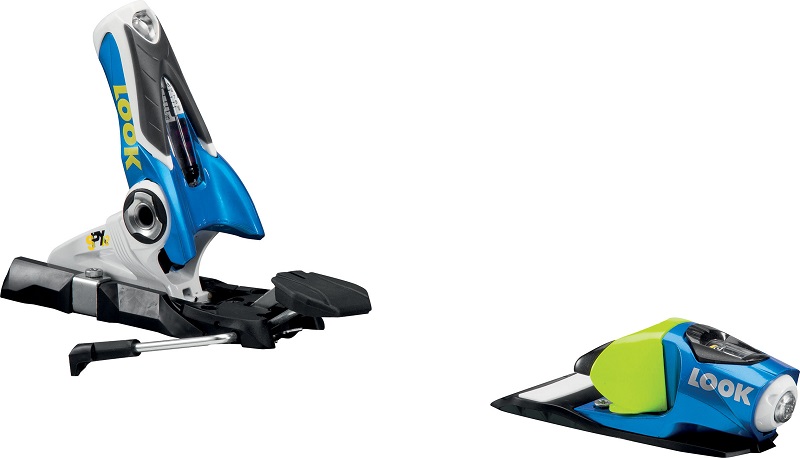
The Dynastar Speed Course Pro R20 Racing is Dynastar’s doorway into the GS range. A ski with an odd sidecut profile and a strange radius for a GS-like ski. Yes, the general public needs and deserves a softened version of the real FIS model, but this time Dynastar could have gone too far.
A more than generous 125mm. shovel, a big 106mm. tail and an astonishingly wide waist of 76mm. conform the Dynastar Speed Course Pro R20 sidecut profile. The result is a 16-meter radius for a GS-like ski, which isn´t the expected nor the required.
Is this a bad thing? Is this any good? It is both. It is good because using this profile, Dynastar is widening its user base for this type of ski. GS skis are hard to use for most causal skiers. In fact, there are many more comfortable skis out there compared to a GS-like pair from almost any brand. So a more permissive profile seems to be a good idea, specially when you’re willing to sell your product. At the same time, someone looking for the real thing will find, inside the same Dynastar range, models that are actually in that GS mood. The worst part of it all is that Dynastar is cheating. Many other brands do it, don’t get me wrong. But pretending that the Dynastar Speed Course Pro R20 Racing is a GS-like ski is like pretending that elephants can fly. Now you know it.
So if you still feel inclined to get a pair of this model, bear with me. Shorter sizes will benefit those who are not highly skilled skiers. Those who want to beat the clock, please do yourself a favour and go for the longer sizes. Be aware, this will have a deep impact in the ski´s maneuverability. You won´t be able to move it so easily from side to side, but you will gain lots of stability at high speed. Then you will forget about the first issue, since this kind of ski starts working when pushed hard.
If we take a look into the skis construction, we´ll find the usual features of all the high-end Race models in every brand. Sandwich composed by a wood core, fibre (Dynastar does not reveal if it is fibre-glass or carbon-fibre nor its disposition) and metal layering. As it happens with every sandwich, it all depends on what you put inside. If you don’t like tomato, a sandwich filled with tomato won’t be for you. Don´t worry, the brand has put inside the Dynastar Speed Course Pro R20 Racing everything you´d like to find in a ski´s sandwich.

Look SPX-14 Racing Binding
© Skis Rossignol SAS

Dynastar R20 Plate
© Skis Rossignol SAS
In the bindings department, Dynastar has gone for Look. As we all know, this is a very old marriage. And a very good one. In the Dynastar Speed Course Pro R20 Racing, the choice has gone for the SPX 14 Racing model. One remarkable statement from the manufacturer is: “Featuring the longest elastic travel on the market”. Which is a bit intriguing to me. Does it release later or not? Or does that mean it is a more comfortable release when it happens due to the length? However, the other remarkable feature in this model is the R20 interface. Now, a classic idea for an interface. How distant are the days of the failed Autodrive, a design that was abandoned for good. The R20 is splitted in two halfs, attached with four screws, two of them (the ones at the ends) are floating, allowing some free movement, which is good for the ski´s flex pattern. Why? If it didn´t allow the ski to bend free, it wouldn´t work as it is meant to and a portion of the ski would then be useless.
All in all, the Dynastar Speed Course Pro R20 Racing is a GS-like ski for the masses, although it is not as GS as it should be.

